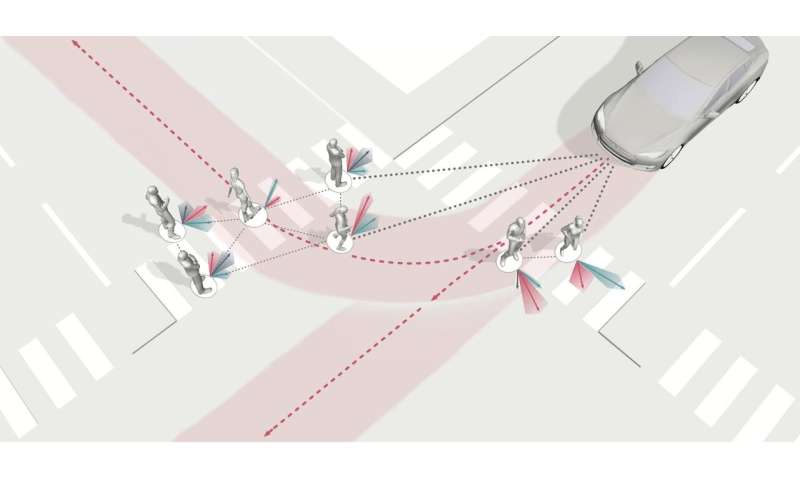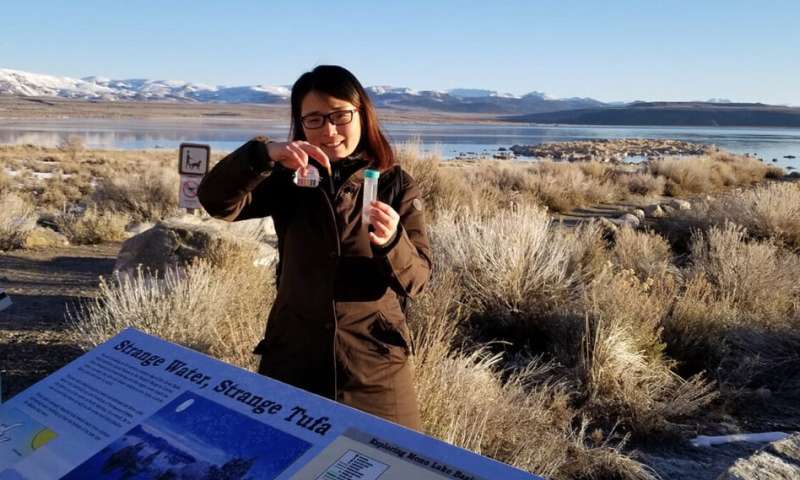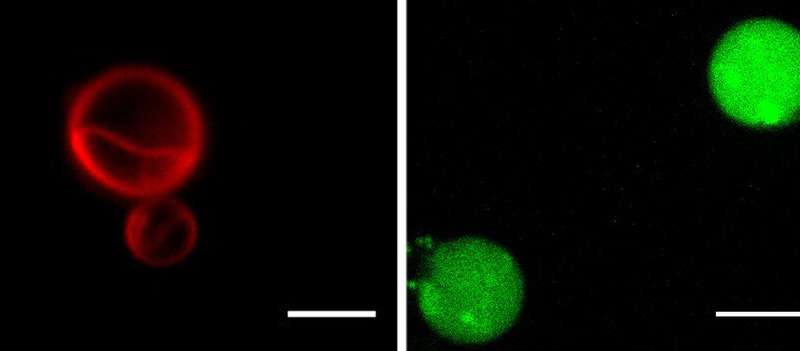by Wendy Walls and Jillian Walliss, The Conversation
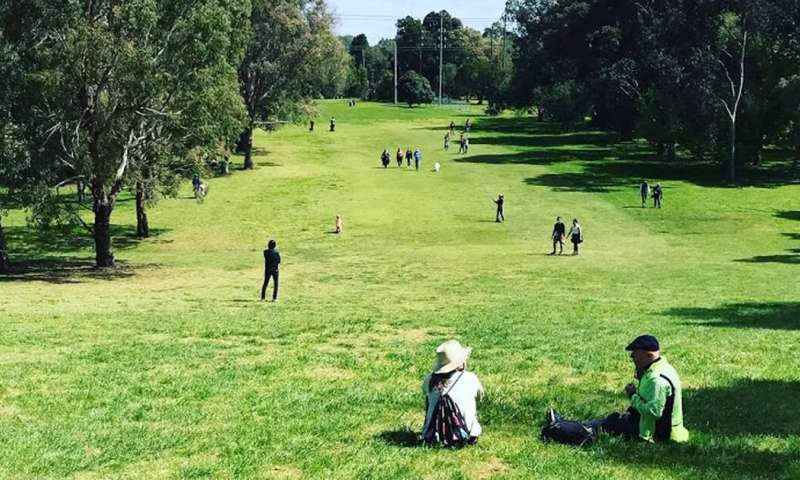
The recent opening of a golf course to the public in the inner north of Melbourne caused a flurry of excitement. Since then, thousands of visitors have explored the expanse of manicured rolling greens, fairways and rough. Under COVID restrictions that require Melbournians to stay within 5 km of their homes, access to a very large and beautiful open space has provided welcome relief from the well-worn tracks up and down local creeks and around local ovals.
But beyond just exploring somewhere new, the meticulously crafted landscape of the Northcote public golf course offers a rare experience in Melbourne's ever more densely developed inner suburbs.
The past six months of lockdowns have sparked many discussions about our cities and lifestyles. And the importance of local parks has come to the fore. There are issues of equity in access to parks, walkability, housing, and the measured health and well-being effects of being outdoors.
These target-driven discussions fit with the dominant planning methods of Australian cities. From walking times to tree cover targets, function has long dominated quality when defining urban open space. But this planning approach to open space significantly limits how parks are conceived.
I'm not usually a single issue voter, but I'm likely to support any @CityofDarebin candidate that commits to converting northcote golf club into a park for general use. It's open to everyone at the moment due to COVID-19 and it's pumping. @kimlecerf pic.twitter.com/fkaP2i8e72— Dr. Elliot Fishman (@ElliotFishman) September 13, 2020
Why the pressure on golf courses?
Now, as people swarm to urban parks and gardens in record numbers, we need to give open space the same status as other valued urban assets such as roads and rail. And we need to work out what government, the private sector, design professionals and the community can contribute to create better public open space over the next decade.
Returning to the Northcote golf course, a community group is lobbying for ongoing community access. It's part of a wider discussion about the future of urban golf courses across Australia. In Sydney, the Inner West Council recently voted down a hotly debated plan to give over half the Marrickville golf course to public green space. In Brisbane, the Victoria Park Golf Course is being converted to public parkland.
BREAKING: Marrickville Golf Course, the most publicly accessible course in Sydney, has been saved. The proposal to slice the course in half has been defeated. Now it's time for Royal Sydney to be opened up to dog walkers, pedestrians & picnickers as Marrickville has been for yrs. pic.twitter.com/J1vzvcXJgK— Darcy Byrne (@MayorDarcy) September 22, 2020
Urban golf courses are in the spotlight because of their rarity as large green open spaces with mature plantings. The golfing community is under pressure to justify why so much precious city space is being reserved for their sport.
This discussion masks the underlying issue of inadequate urban planning. Successive governments have failed to set aside enough open space to cater for population growth.
For decades, the planning of our cities has occurred through growth models that give priority to economic development. Missing are significant large parks—the modern equivalents of the much-loved colonial layers of the Domains in Sydney and Melbourne, Hyde Park, Royal Park or Kings Park – to offset this growth.
The issue of open space quality becomes even more pressing when we turn to the outer suburbs. Lacking access to bays and beaches, the outer suburbs no longer have the "Australian dream" of the quarter-acre block as a counterbalance. Houses are constructed gutter to gutter, cars crowd the front yards, and the local park is often a footy oval with a playground.
Time to make open space a priority
COVID and the slowing economy provide an important opportunity to rethink our models for open space.
We need to challenge the binaries of competing values—public versus private, environment versus community—that structure our cities. Our parks should not emerge through a debate over the best use of limited green space: biodiversity, community gardens, bike paths, wetlands, sport facilities, playgrounds and dog walking. None of these agendas are wrong, but there is a limit to how much space can be shared.
There are, of course, many examples of councils wanting to add more open green space. But it is important to have larger-scale and longer-term perspectives that can operate independently of local and state politics.
Global examples of open-space governance reveal shifts towards alternative funding models and public-private relationships for delivering quality, not just quantity. For example, in New York, the NGO Design Trust for Public Space works across government, community groups and the private sector to guide public space development. In Australia, the appointment of a minister for public spaces in Sydney and the Living Melbourne strategy both acknowledge the importance of overarching spatial governance.
The private sector is responsible too. Enabling large and high-quality open space across our cities means reviewing our expectations of funding and exploring new models led by the private sector. This includes not just funding construction but finding cash for ongoing park maintenance.
COVID has highlighted why the scale of open space is important. It's needed for maintaining distance between users but also for providing a sense of escape from increasing urban density, compounded by the many hours spent indoors.
It is widely recognized that an experience of nature is valuable for health and well-being. It's now time to link this directly to a diversity of high-quality park experiences.
All parks have not been created equally. Let's use this moment to determine a more ambitious future for our urban open spaces.
Explore further Income, race are associated with disparities in access to green spaces
Provided by The Conversation
This article is republished from The Conversation under a Creative Commons license. Read the original article.

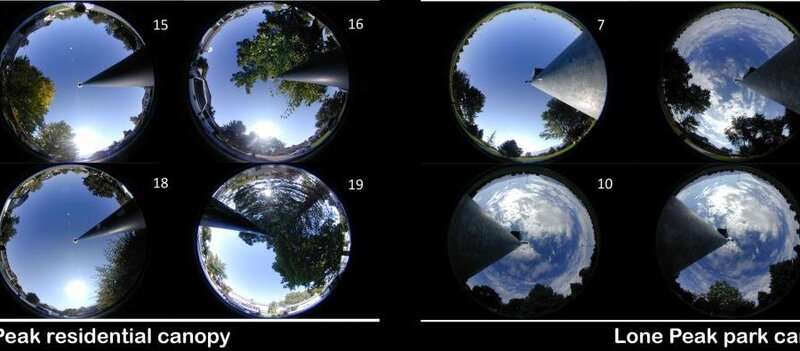
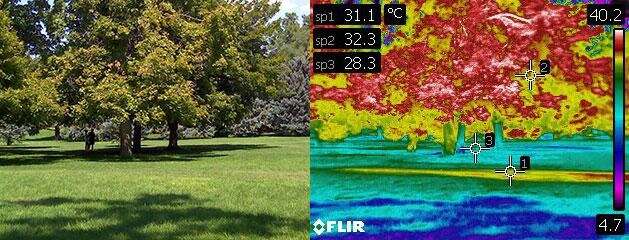
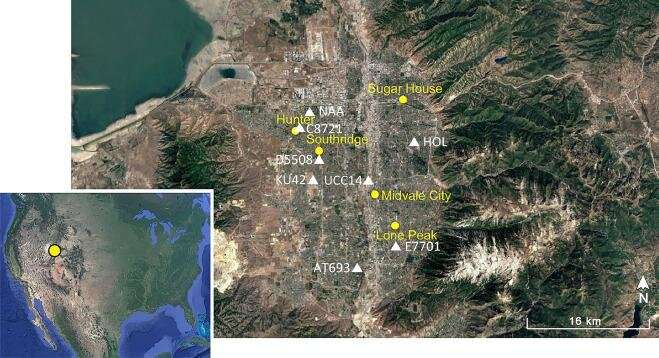
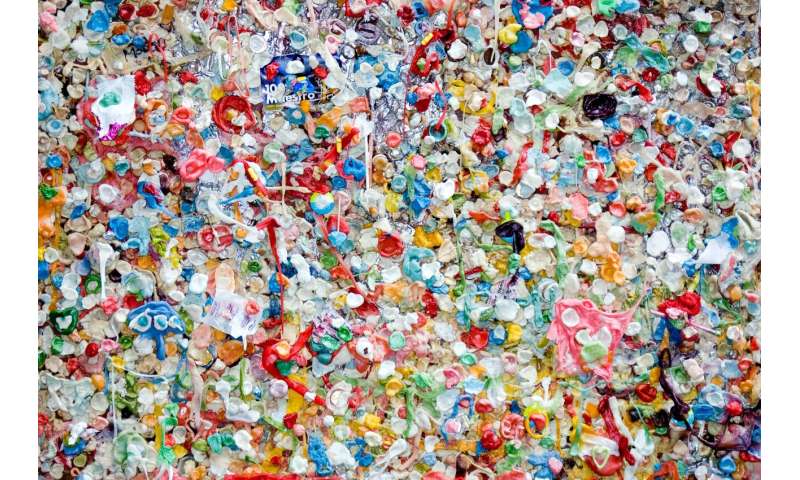
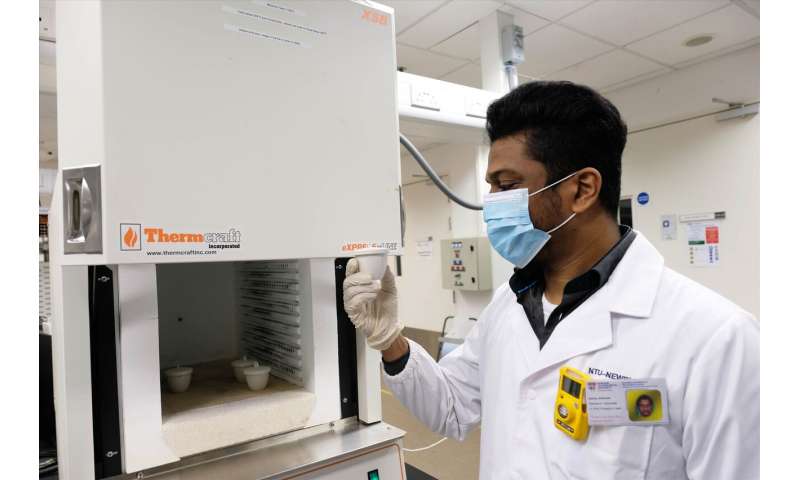


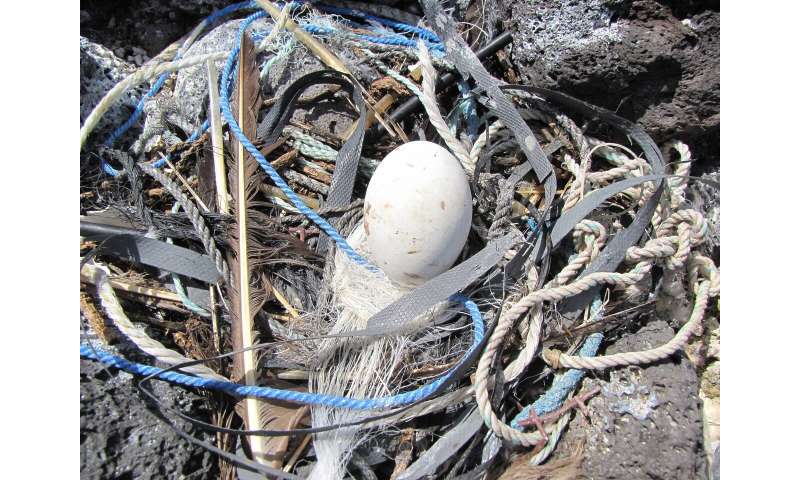 Plastics in a Great Frigate Bird nest on the Desventuradas Islands, Chile. Credit: Diego Miranda
Plastics in a Great Frigate Bird nest on the Desventuradas Islands, Chile. Credit: Diego Miranda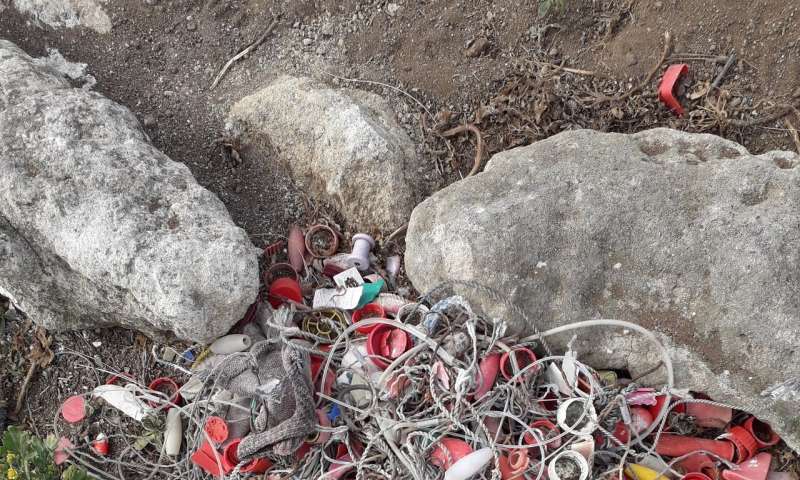 Plastics collected from albatross nesting sites on Big Sister in 2017. Credit: Mike Bell
Plastics collected from albatross nesting sites on Big Sister in 2017. Credit: Mike Bell
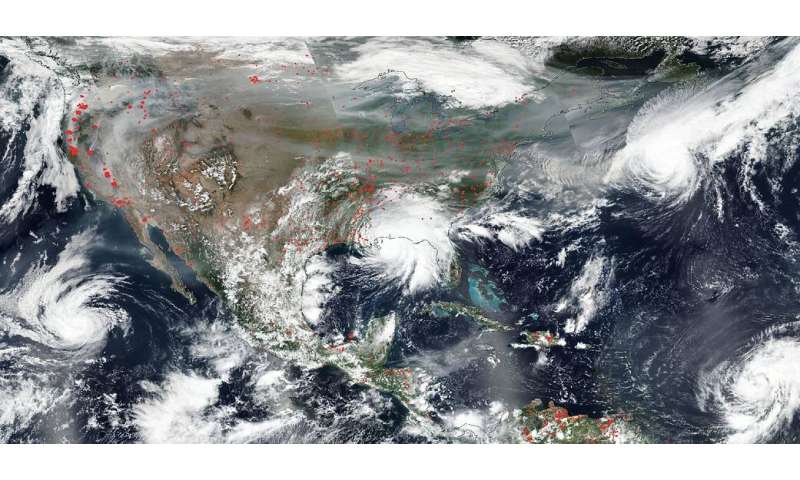
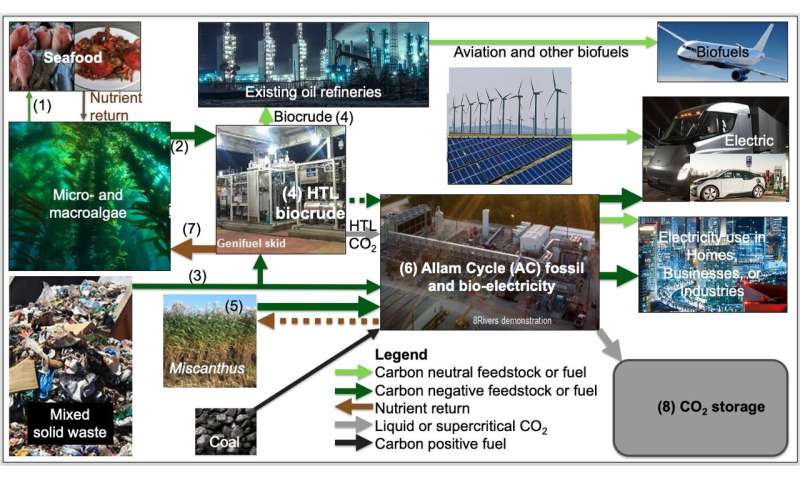
![Figure 2: Our paper’s calculations superimposed on the IPCC 1.5ºC projections. Both our low and high bio-electricity alternatives show much more carbon removal than the IPCC each year in order to return CO2 levels to pre-industrial levels of about 300 ppm. Credit: OceanForesters calculations superimposed on Figures SPM 3a and SPM 1c from IPCC, 2018: Summary for Policymakers. In: Global Warming of 1.5°C. An IPCC Special Report on the impacts of global warming of 1.5°C above pre-industrial levels and related global greenhouse gas emission pathways, in the context of strengthening the global response to the threat of climate change, sustainable development, and efforts to eradicate poverty [Masson-Delmotte, V., P. Zhai, H.-O. Pörtner, D. Roberts, J. Skea, P.R. Shukla, A. Pirani, W. Moufouma-Okia, C. Péan, R. Pidcock, S. Connors, J.B.R. Matthews, Y. Chen, X. Zhou, M.I. Gomis, E. Lonnoy, T. Maycock, M. Tignor, and T. Waterfield (eds.)] New technologies to achieve net-zero emissions by 2050 and pre-industrial CO2 levels by 2150](https://scx1.b-cdn.net/csz/news/800/2020/31-newtechnolog.jpg)

